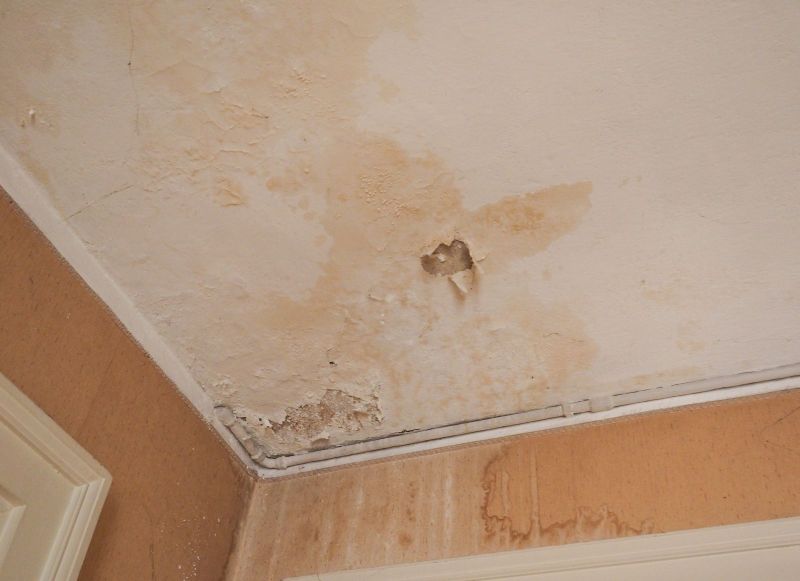Water damage can wreak havoc in an older home without the homeowner even realizing it. Water damage can manifest in different ways. It can occur due to flooding but can also result from other disruptions like toilet overflows or leaks from plumbing fixtures. These types of water damage are often complex for homeowners to detect at early stages. Here are signs to look for if you suspect water damage in your older home:
- Water Stains
These stains result from moisture seeping through walls or porous surface materials. Water trapped in these materials can come out in the form of stains, which is why homeowners need to check for stains on their ceilings and floors. Inspect the walls. Check for discoloration, peeling paint, and water stains.
- Mold
Mold is one of the biggest problems due to water damage. Look for mold in your basement, bathrooms, laundry room, and kitchen. When you see mold on your ceiling, walls, or floor surfaces, it's time to call experts for help. Mold is dangerous in your home, and it can be extremely unhealthy to breathe it in or allow children and pets to come into contact with it.
- Buckling Floors and Walls
Excessive moisture can compromise the structural integrity of the wooden floor and wall materials. When this occurs, it can cause the wood to begin to warp and buckle. How do you know if your floors or walls are buckling? Look for cracks in the plaster or discolored areas around the joints.
- Cracks In the Walls
If you hear water running, check your walls for minor cracking. Even if you don't hear water running, cracks can still signal some water damage in your walls. If you have vertical cracks in your walls, it is best to call a professional to come and assess the problem. If you don't address the moisture issue immediately, it can only lead to more significant problems down the road, like mold or dry rot.
- Soggy drywall
When the drywall is saturated with water, it can become moldy. Because of this, homeowners should be looking for soggy drywall matted down and hardened. This type of damage suggests that there has been water damage throughout the home, and it only needs to be remediated sooner rather than later.
- Musty odors
Odor can be a good indicator of water damage. If you smell musty odors in your home, it's a sign that there may be moisture seeping into your walls or floors. Identifying these odors is essential because they can lead to more significant problems like mold and rot if they aren't addressed immediately.
- Peeling Paint
Peeling paint is another red flag for water damage. Look for peeling paint on the ceilings and walls of your home. If you see peeling paint, it's a sign that moisture is creeping into the walls or ceilings of your home. This moisture can cause even more damage if it isn't addressed immediately.
- Sagging Floors, Doors, or Window Sills
When a home begins to sag in the areas described above, it's a significant sign of water damage. Sagging floors are often an early sign of humidity issues that may have been present for some time before causing other problems in the home. If you see sagging ceilings and floors, take the necessary steps to bring them back to normal.
- Inoperable electrical outlets
If your electricity is malfunctioning, water damage could be to blame. Check your home for inoperable electrical outlets. The issue could be as simple as mold built under your outlet covers. The mold can cause them to become stuck and no longer function properly.
- Damaged Cabinetry
If you notice that your cabinets are breaking or decaying, it could be a sign of water damage. When cabinets begin deteriorating, it's a sign that moisture is getting into the wood and causing damage. It's also a good idea to call professional home inspectors to assess the problem before things get worse.
There are so many different ways that water can damage older homes. The list of signs above is a great place to start when you suspect water damage in your home. It's vital to be proactive and address the source of the problem as soon as possible because the longer it's left untreated, the more profound its effects can become.

